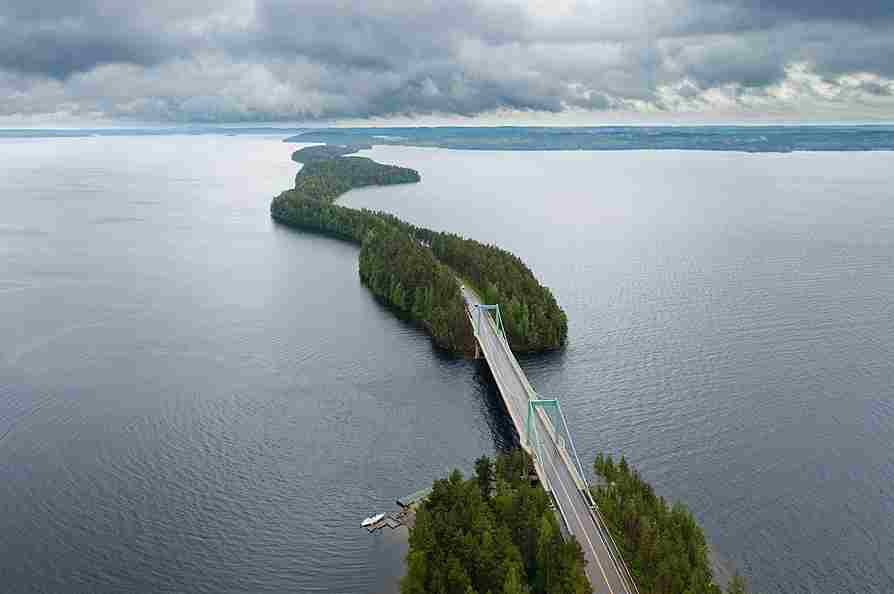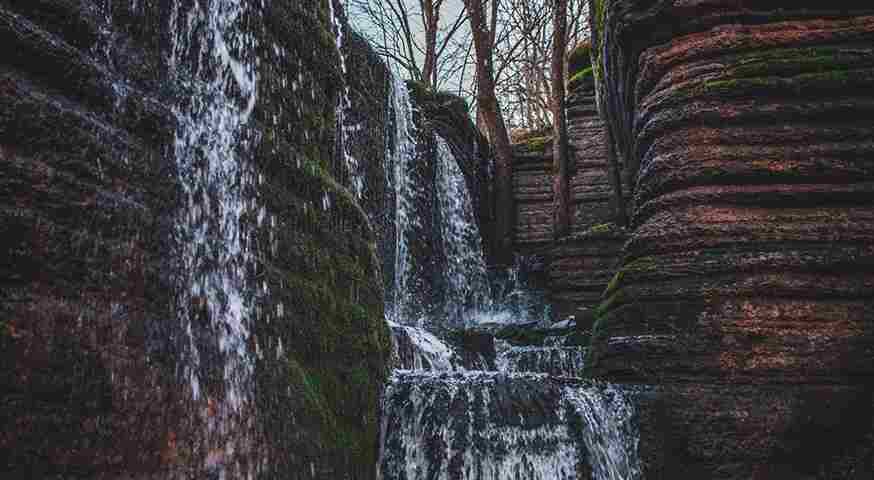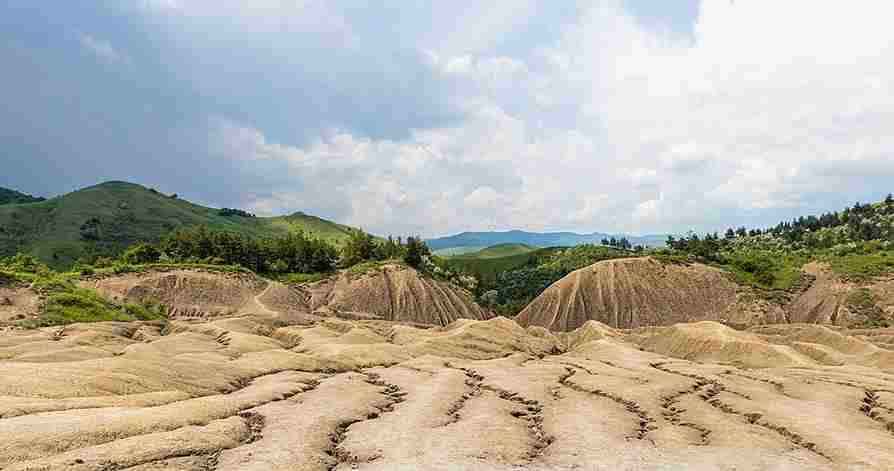The city will provide 600,000 euros for the project, inspired by a submission in the participatory budget
The new railway service will turn the city of Cádiz and its surroundings into something akin to a metropolis
The facility will be located in the small town of Kronstorf, at the foot of the Alps
Presicce Acquarica, in the heel of the Italian boot, won’t stop fighting depopulation – no matter the price
Local authorities want to fill the mobility gap left by the Bundestag’s delayed decision on a successor to the 9-euro ticket
Authorities believe that “no Berliner should have to sit in the cold and dark”
The Hanseatic City is trying to promote the mass adoption of sustainable mobility and aviation
The vessels have been regularly blamed for raising the city’s air pollution levels
The new system will watch out for high irregularities in the daily living patterns of the elderly before alerting emergency services
For the next ten years, the initiative will aim to bridge the gap between those at risk of social exclusion and the tech labour market
The city expects that it will recoup the 3.8-million-euro investment in the next four years
On 1 December, they will also be followed by digital advertising boards as part of the government’s “energy sobriety” plan
Local authorities want to fill the mobility gap left by the Bundestag’s delayed decision on a successor to the 9-euro ticket
The city expects that it will recoup the 3.8-million-euro investment in the next four years
These urban spaces will serve as the central nodes for the establishment of self-sufficient energy communities
The goal is to introduce more regulation in a mobility market that’s gone a bit Wild West
More than 200,000 visitors are expected to pay tribute to dearly departed ones, but in the French capital some of these spots are also famous tourist sites
Every cottage in the WeWilder hub has a tailor-made view curated for light and landscape
For the next ten years, the initiative will aim to bridge the gap between those at risk of social exclusion and the tech labour market
The idea is to borrow know-how and transmit good practices from more experienced societies in the West to newer democracies in the East
The city will provide 600,000 euros for the project, inspired by a submission in the participatory budget
They are also environmentally sustainable
Mëllerdall in Luxembourg is home to many picturesque locations , Source: VT98Fan on Wikipedia, CC BY-SA 3.0
The sites stretch from Finland’s Salpausselkä to Luxembourg’s Mëllerdall and Greece’s islands of Kefalonia and Ithaca
Yesterday, UNESCO announced that eight new sites will receive the Global Geopark label. The selection this year consists of eight locations, with six located in the European Union, stretching from Finland to Greece, to Luxembourg. The other two locations are in Brazil.
The label was established in 2015 to highlight sites with a unique geological heritage, as well as cultural significance and the importance to local biodiversity.
Sites that receive the Geopark label then have the opportunity to better serve local communities, by combining a unique geological and biodiversity make-up, as well as institutions promoting sustainable development.
The Nordic countries in the European Union are quite famous for their well preserved and absolutely gorgeous natural landscapes with fjords, granite peaks, lakes and glaciers. It is no surprise then that two sites received the Geopark label – Salpausselkä, near Lahti, Finland and Platåbergens, near Göteborg, Sweden.
Salpausselkä in Finland covers an area of more than 4,000 square kilometres and is home to 177,000 people. Around 21% of the Geopark is covered in lakes and the rest is forests, as it is located at the southern edge of the Finnish Lakeland. The region is absolutely covered by sediments deposited by glaciers. In some cases, this means massive rock formations, which store an abundance of groundwater and provide the region with high-quality drinking water. Pulkkilanharju bridge in Salpausselkä, Finland, Source: Ximonic on Wikipedia, CC BY-SA 3.0
Pulkkilanharju bridge in Salpausselkä, Finland, Source: Ximonic on Wikipedia, CC BY-SA 3.0
The Platåbergens site in Sweden, on the other hand, covers an area of 3,690 square kilometres and 289,198 inhabitants. The Geopark consists of 15 flat-topped Table Mountains after which the area is named. The mountains were shaped by erosion during the last Ice Age and now present a rugged, yet fascinating cultural and natural site. Platåbergens is home to some of Sweden’s most interesting archaeological finds, ranging from megalithic grave sites to the first known stone church the Christian Vikings built in the 11th century.
The Martorpsfallet in in Sweeden, Source: Platåbergens Geopark
The next two locations on the list are further south with one of them being the Ries Crater in Bavaria, Germany and the other – Mëllerdall in Luxembourg. Although not particularly famous for their landscapes, both countries offer some pretty unique and arguably underrated natural features.
The Ries Crater, for instance, is the largest preserved asteroid crater in Europe. It covers 1,749 square kilometres and is home to around 162,000 people. Currently, the crater is home to a well-populated valley with several towns. The largest is called Nördlingen and features the classic German Medieval experience with winding cobble streets and colourful hoses leaning over pedestrians.
The Mëllerdall site in Luxembourg, on the other hand, is home to a Sandstone formation with a thickness of 100 metres in some areas. The 256 square kilometre area is home to more than 25,000 people, while the rock formation itself can be explored through a maze of hiking trails, which won the Leading Quality Trails – Best of Europe award.
Further south, the Geoparks selected by UNESCO hold an air of mysticism about them, with Buzău Land rumoured to be the home of giants and the Kefalonia-Ithaca islands in Greece named as the home of Odysseus.
Buzău Land in Romania covers more than 1,000 square kilometres and is home to 45,000 people. The unique geological features of the area were the result of several tectonic plates colliding, thrusting and folding in the region. Furthermore, the area was scared by glaciers and used to be a sea bed, meaning that it is rife with fossils. Also, the region has some of the longest and deepest salt caves in the world, as well as mud volcanos – featured in local folklore as housing dragons or as traps that giants lay to catch cattle. Mud volcanos in Romania, Source: Diego Deslo on Wikipedia, CC BY-SA 4.0
Mud volcanos in Romania, Source: Diego Deslo on Wikipedia, CC BY-SA 4.0
On the other hand, Kefalonia-Ithaca occupies an area of 890 square kilometres and has a population of more than 35,000 people. Both islands are home to unique karstic geosites like caves, sinkholes and underground streams, telling of a rich geological history that goes back more than 250 million years. The geopark itself is home to Hellenistic and Roman monuments, medieval castles, Byzantine and post-Byzantine monasteries, and a rich cultural heritage scattered over the area’s extraordinary geological features. Kefalonia, Greece
Kefalonia, Greece
Local authorities want to fill the mobility gap left by the Bundestag’s delayed decision on a successor to the 9-euro ticket
The price for half an hour on municipal bikes is just 60 cents
The city will provide 600,000 euros for the project, inspired by a submission in the participatory budget
The Hanseatic City is trying to promote the mass adoption of sustainable mobility and aviation
The new system will watch out for high irregularities in the daily living patterns of the elderly before alerting emergency services
For the next ten years, the initiative will aim to bridge the gap between those at risk of social exclusion and the tech labour market
Local authorities want to fill the mobility gap left by the Bundestag’s delayed decision on a successor to the 9-euro ticket
And in France overall such balmy autumn had not been seen since the end of World War II
This initiative seeks to integrate the values of the New European Bauhaus into the European Commission’s 100 Cities Mission
Adults often have a hard time approaching the subject with kids, so city authorities want to help them set the stage for that healthy talk
More than 200,000 visitors are expected to pay tribute to dearly departed ones, but in the French capital some of these spots are also famous tourist sites
Every cottage in the WeWilder hub has a tailor-made view curated for light and landscape
This initiative seeks to integrate the values of the New European Bauhaus into the European Commission’s 100 Cities Mission
These will be spread across 11 EU countries and will serve to support the EU Missions
The European Commission has accepted to develop the idea
A conversation with the President of the European Committee of the Regions, about energy, climate change and the underrated importance of cohesion policy
Interview with Herald Ruijters, Director, Directorate-General for Mobility and Transport (DG MOVE), European Commission
A conversation with the Mayor of Matosinhos, Portugal’s first UN Resilience Hub